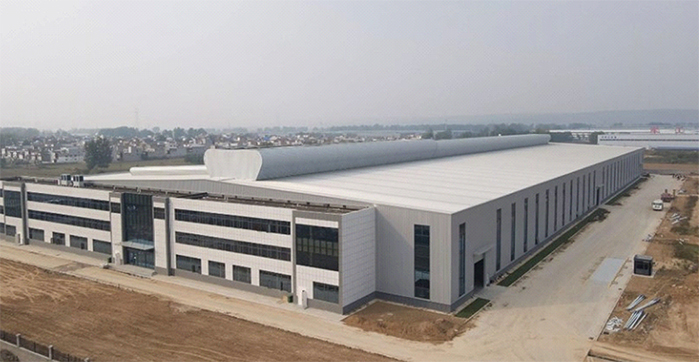According to SMM figures, aluminum production in China during the month of December reached 3.562 million tons, representing an increase of 3.6% compared to the previous year. Although domestic operating capacity also increased in December, some electrolytic cells in Yunnan stopped producing liquid aluminum.
This caused an average daily drop of more than 3,800 tons at the national level, reaching a total of 114,900 tons for the month. For the full year 2023, domestic aluminum production reached 41.513 million tons with an increase of 3.6% over the previous year. In December, the proportion of liquid alloy remained high in the country, although there was a slight increase at some smelters in Inner Mongolia and Qinghai.
On the other hand, last December there were not many changes in the operating capacity of the aluminum sector at the national level. Although there were some regions with climatic problems, such as Xinjiang, Qinghai and Inner Mongolia, the aluminum industry in general was not so affected. Only a few companies in Sichuan, Shanxi and other regions performed small maintenance totaling about 30,000 tons.
In terms of new capacity, the Inner Mongolia Baiyinhua plant started up smoothly in December and there are no immediate plans for new projects. According to SMM data at the end of December, China’s installed aluminum capacity reached 45.19 million tons, while the operating capacity was 41.98 million tons and the operating rate increased by 0.2% over the previous month to 92.9%.
According to the latest forecasts for January, no significant power supply problems are expected in Yunnan province and other regions, allowing aluminum production to remain stable. No plans for maintenance or large-scale production by other companies have been announced.
According to SMM, domestic aluminum operating capacity is expected to reach 42 million tons in January and average daily production is also expected to remain stable. Total aluminum production in the country during January (31 days) is expected to be approximately 3.56 million tons, an increase of 4.2% over the previous year.
By region, decreases in the mining rate were observed in Shanxi and Henan during the month of December due to the implementation of new inspection and control policies in the mines. In Henan, some refineries had to reduce production due to local weather warnings, while Guizhou and Hebei experienced an increase in their operating rate due to problems with ore supply and scheduled maintenance. In Guangxi and Shandong, the operating rate remained stable from the previous month, although a major refinery in Shandong had to limit its capacity due to environmental pollution warnings. However, this restriction was lifted in early January and the company was able to resume production.
The mines in Shanxi and Henan will not be able to resume production in the near future. The lack of local ore supply will continue to be an obstacle to increasing its capacity, remaining at a low level.














